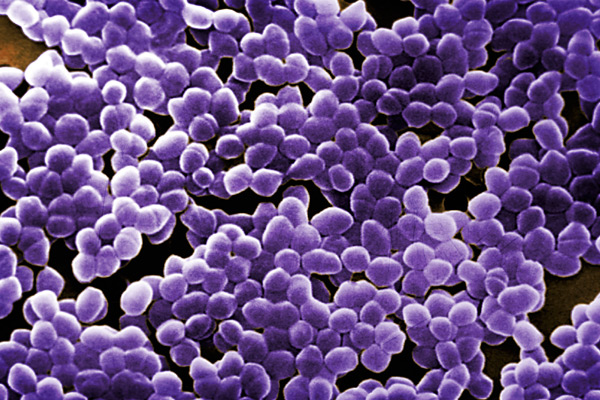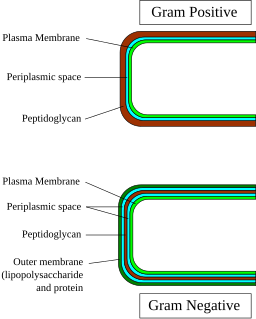To keep to the What the Ferment Podcast theme we developed two weeks ago, I thought it would only be fitting to go a little more in depth about Lactic Acid Bacteria (LAB).
As Branden and I said in WTF Episode 2, Lactic Acid Bacteria is a very general name for a class of bacteria that are gram-positive, non-sporing, non-respiring, round or rod in shape bacteria, which produce lactic acid as a major end product during the fermentation of carbohydrates. Phew, that’s a long definition. Maybe we should just focus on one term at a time. Let’s start with gram-positive.
Gram-Postive
The phrase ‘gram-positive’ is a term used by microbiologist to classify bacteria into two groups (gram-positive or gram-negative). This positive/negative reference is based on the bacterium’s chemical and physical cell wall properties.
To determine if a bacteria is gram-positive or gram-negative a microbiologist will perform a special type of staining technique, called a Gram Stain. The name comes from its discoverer and inventor, Han Christian Gram (Gram, 1884). This stain will either stain the cells purple (for positive) or pink (for negative).
Gram-positive bacteria have a very thick cell wall made of a protein called peptidoglycan. These bacteria retain the crystal violet dye (one of the 2 main chemicals used for gram staining). Whereas, gram-negative bacteria have a very thin peptidoglycan layer that is sandwiched between an inner cell membrane and a bacterial outer membrane.
Gram-Negative
Gram-negative bacteria do not retain the crystal violet stain because of its physical makeup and will stain pink. Thus, why they are called gram-negative. You also need a microscope to see this stain coloring. The microbes are still very tiny and are usually placed on a slide prior to staining.
This image is a very simple representation of how bacterium cell walls look. The protein I am talking about is in red.
Are they good or bad?
Usually, gram-positive bacteria are the helpful, probiotic bacteria we hear about in the news, like LAB. They are the happy ones that live in our gut and help us digests food (Behnes, et al; 2013). Gram-negative bacteria, by coincidence, are usually thought of as the nasty bugs that can make us sick and can be harmful. For example, several species of Escherichia coli (E. coli), are common causes of food-borne disease. Another example is Vibrio cholera, the bacteria responsible for cholera, is a waterborne pathogen (National Institute of Allergy and Infectious Diseases, 2012).
However, this is just a generality and cannot be assumed that all gram-negative bacteria are harmful. Gram-positive bacteria can also be pathogenic. Clostridium botulinum, the bacterium responsible for producing neurotoxins that can kill in hours is a gram-positive bacterium.
Hopefully this clears some things up. Next time I’ll focus on another science topic. Until next time, FermUp!
REFERENCES:
Behnsen, J., Deriu, E., Sassone-Corsi, M., and Raffetellu, H. 2013. Probiotics: Properties, Examples, and Specific Applications. Perspectives In Medicine. https://perspectivesinmedicine.org/content/3/3/a010074.full
Gram. C. 1884. Ueber die isolirte Färbung der Schizomyceten in Schnitt-und Trockenpräparaten. Fortschritte der Medcin, (2):185-189. Available at: https://www.microbelibrary.org/images/stories/ML_2.0/1884p215.pdf
National Institute of Allergy and Infectious Diseases. Last Updated April 30, 2012 and last Reviewed April 30, 2012. https://www.niaid.nih.gov/topics/antimicrobialresistance/examples/gramnegative/Pages/default.aspx



 Listen Now
Listen Now 
